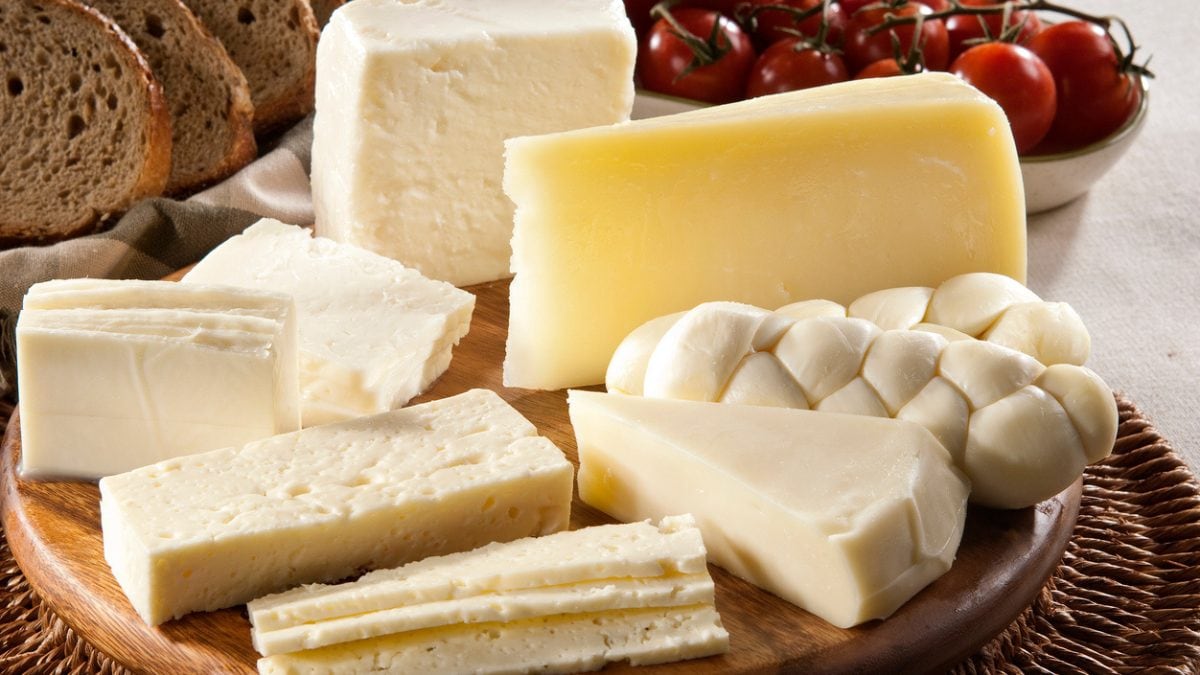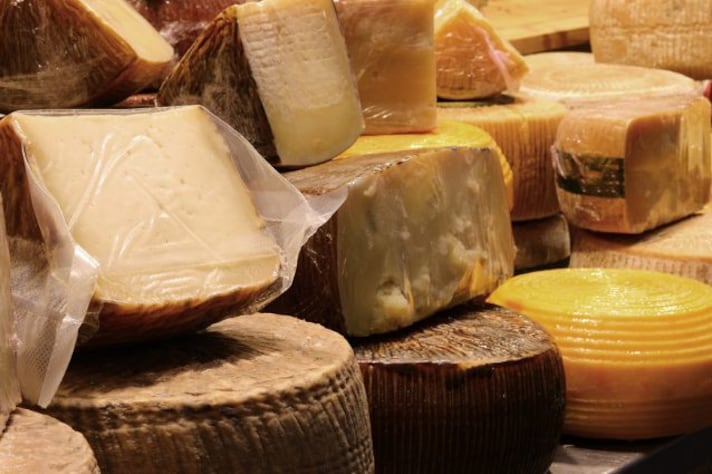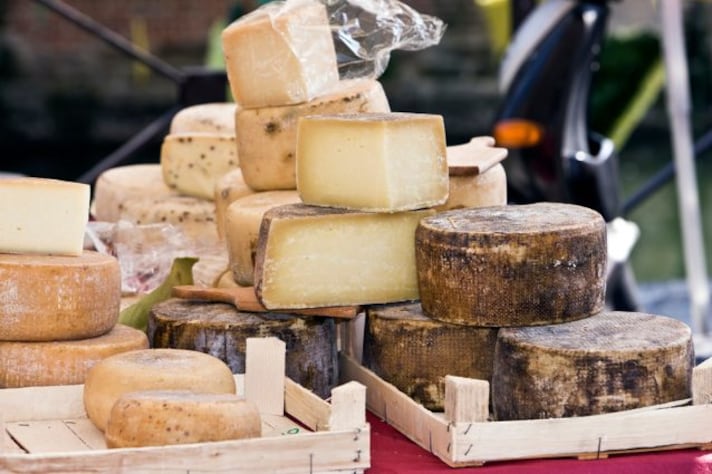
Cheese lovers, brace yourselves: climate change isn’t just melting glaciers—it’s melting away the quality of your favorite Brie, Cheddar, and Cantal. Scientists and dairy farmers across the globe are sounding the alarm that rising temperatures, erratic weather, and shifting agricultural practices are already altering the taste, texture, and nutritional value of cheese. And if current trends continue, the future of cheese could be far less flavorful.
The Cow Connection
At the heart of the issue is the cow. As global temperatures rise, cows are experiencing heat stress, which affects their appetite, digestion, and milk production. When cows eat less to cool down, they produce milk with lower fat and protein content—two key components that influence how cheese forms, melts, and tastes. In Brazil, for example, dairy farmers have reported significant drops in milk quality during heat waves, prompting some to shift from open grazing to indoor herding.
But it’s not just the heat—it’s also what cows are eating. In regions like central France, where cheeses like Cantal are traditionally made from grass-fed milk, droughts are forcing farmers to supplement with corn-based feed. While this helps maintain milk yield, it comes at a cost: the resulting cheese is less savory, less aromatic, and lower in heart-healthy omega-3 fatty acids. In contrast, grass-fed cows produce richer, yellower cheeses with more complex flavors and better nutritional profiles.

The Microbial Fallout
Cheese isn’t just milk—it’s a living, breathing microbial ecosystem. And climate change is disrupting that too. Warmer, more humid conditions can alter the microbial balance in aging caves and storage facilities, leading to unpredictable ripening, off-flavors, and even spoilage. At Vermont’s Lazy Lady Farm, for instance, rising temperatures have made it harder to control the natural cave environment used to age cheeses, resulting in faster ripening and the appearance of unwanted molds.
A Threat to Tradition
Many of the world’s most beloved cheeses—think Parmigiano-Reggiano, Roquefort, or Gruyère—are protected by strict regional and production standards. These traditional methods rely on seasonal rhythms, local grasses, and specific microbial environments, all of which are now under threat. As farmers adapt to climate extremes, they may be forced to abandon these time-honored practices, potentially altering the very identity of these cheeses.
Can Innovation Save the Cheese?
Some producers are fighting back with science. In Puerto Rico, one dairy farm has bred heat-resistant “slick cows” that produce more milk in extreme temperatures. Others are experimenting with feed additives like red algae or synthetic compounds to reduce methane emissions and improve milk quality. But these solutions are still in early stages, and their long-term effects on cheese flavor and safety remain unclear.

A Taste of What’s to Come
“If climate change progresses the way it’s going, we’ll feel it in our cheese,” warns French dairy scientist Matthieu Bouchon. And we already are. From the grassy hills of France to the tropical pastures of Brazil, the subtle shifts in milk chemistry and microbial life are reshaping the cheeses we know and love.
;Resize,width=767;)
